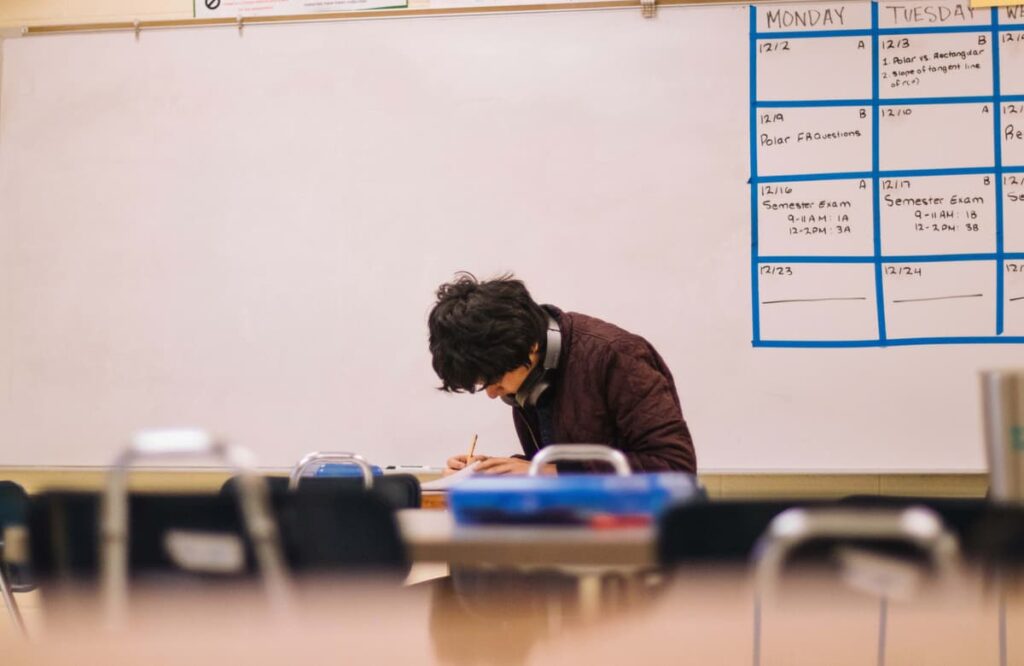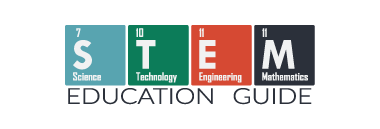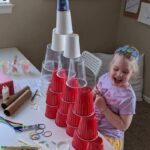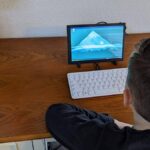Achieving academic excellence isn’t just about natural intelligence. It’s about developing effective study habits that allow you to understand and remember what you learn. Here are ten study habits that straight-A students swear by.
Table of Contents
Set a Study Schedule

Straight-A students know the importance of a regular study schedule. Consistency helps your brain get into a routine, making studying easier and more effective.
Break It Down

Instead of trying to cram all your studying into one long session, break your study time into smaller, manageable chunks. This technique, known as spaced repetition, can improve retention.
Find Your Ideal Study Environment

Some people need complete silence to study, while others work better with some background noise. Find what works best for you and make that your regular study spot.
Use Active Learning Techniques

Don’t just passively read through your notes. Engage with the material by summarizing information in your own words, teaching it to someone else, or creating flashcards to test your memory.
Stay Organized

Keep your notes, assignments, and study materials organized. Knowing where everything is saves time and reduces stress.
Take Care of Your Health

Good physical health supports good mental function. Regular exercise, a healthy diet, and plenty of sleep can all improve your ability to focus and retain information.
Practice Time Management

Use a planner or digital calendar to keep track of assignments and study sessions. Prioritize tasks and break larger projects into smaller, manageable parts.
Stay Engaged in Class

Active participation in class can improve your understanding of the material and make studying easier. Ask questions, join in discussions, and take thorough notes.
Seek Help When Needed

Don’t be afraid to ask for help if you’re struggling with a concept or assignment. Teachers, classmates, and tutors can all be valuable resources.
Reflect and Adjust

Regularly review your study habits and results. If something isn’t working, don’t be afraid to adjust your strategies.
Remember, effective study habits are personal. What works for one person might not work for another. The key is experimenting with different strategies and finding the habits that help you succeed.








